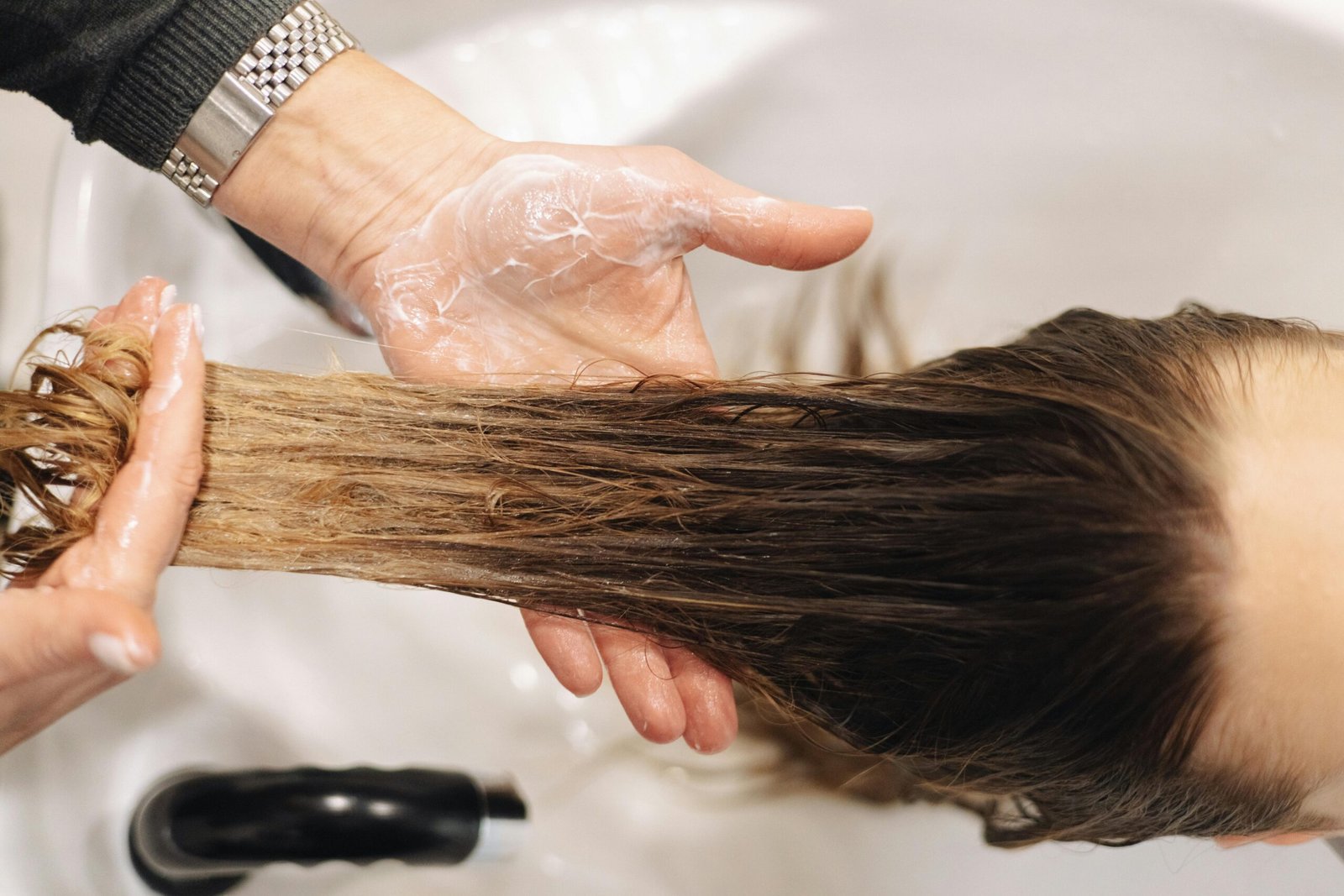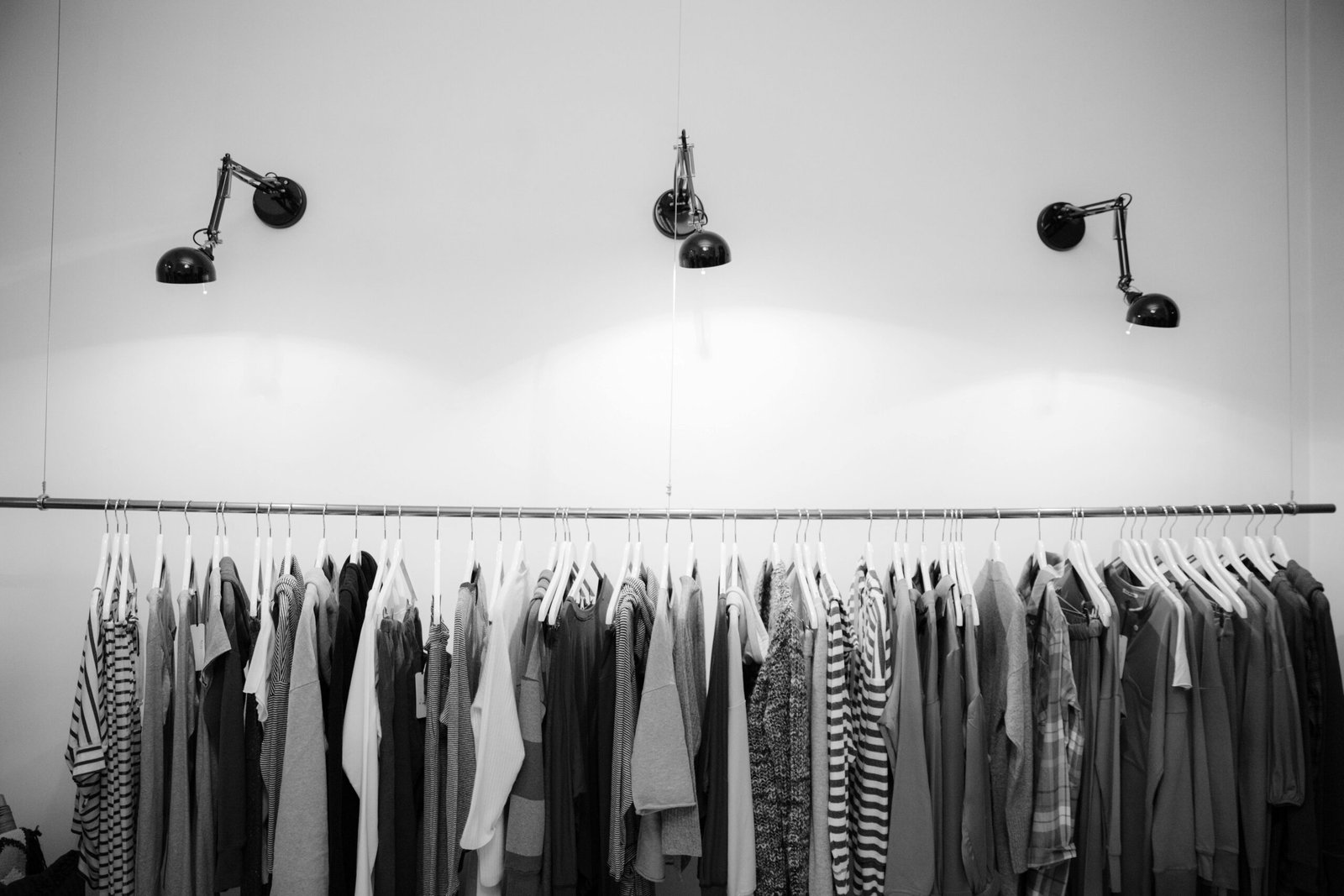Outdoor Adventure: Waterproof Quick‑Dry Shell Jacket Recommendations

Introduction
For outdoor enthusiasts—from weekend day hikers to multi‑day backpackers and alpine climbers—a reliable shell jacket is indispensable. Whether you’re braving torrential rain on coastal trails, battling wind and sleet at high elevations, or trekking through humid jungle canopies, the right waterproof, quick‑dry shell protects you from the elements without weighing you down. In this comprehensive guide, we cover every aspect of choosing, using, and caring for performance outerwear:
- Shell Jacket Types: Hard shells vs. soft shells, hardshell hybrids, insulated shells.
- Waterproof Technologies: ePTFE laminates, PU coatings, proprietary membranes (Gore‑Tex, eVent, Pertex Shield, DryVent, H2No).
- Breathability & MVTR: Moisture vapor transmission rate metrics, pit zips, hybrid venting systems.
- Fabric Weight & Packability: 2‑layer vs. 2.5‑layer vs. 3‑layer, weight per square meter, compressibility ratings.
- Seam Taping & Construction: Fully taped vs. critically taped vs. water‑resistant seams.
- Fit & Mobility: Athletic vs. relaxed, articulated patterning, helmet‑compatible hoods.
- Weather Resistance Ratings: Hydrostatic head test values, field testing insights.
- Top 12 Jacket Reviews: Detailed analysis of leading men’s and women’s shell jackets for hiking, mountaineering, skiing, and ultralight pursuits.
- Comparative Summary Table: Key specs—waterproof rating, breathability, weight, price.
- Layering Strategies: Base, mid, and outer layer synergy for varying conditions.
- Use‑Case Scenarios: Rainforest exploration, alpine ascents, fastpacking, snowshoeing, everyday urban commutes.
- Care & Maintenance: Washing, reproofing, storage, gear repairs.
- Sustainability & Materials: Bluesign certification, recycled fabrics, PFC‑free DWR treatments, end‑of‑life recycling programs.
- Pro Tips & Tricks: Hood adjustment hacks, pack‑strap compatibility, layering for ventilation bursts.
- FAQs & Troubleshooting: Leaky seams, DWR failure, odor management, zip failures.
- Buying Guide & Decision Tree: Step‑by‑step method to select your ideal shell.
- Scavenger Checklist: Pre‑purchase tests, fit checks, field simulations.
With this guide, you’ll master the technical jargon, decode ratings, and confidently select a shell jacket engineered to keep you dry, agile, and comfortable—no matter where your adventures take you.
1. Shell Jacket Types and Construction
1.1 Hard Shell Jackets
- Fully waterproof, windproof, and abrasion‑resistant.
- Typically three‑layer constructions: a durable outer face fabric, a waterproof/breathable membrane, and a protective inner liner.
- Ideal for harsh alpine conditions, long‑duration expeditions, and any activity where exposure to heavy precipitation is expected.
1.2 Soft Shell Jackets
- Water‑resistant rather than fully waterproof, offering excellent stretch and breathability.
- Made from woven stretch fabrics with a durable water‑repellent finish; often feature a brushed inner layer for comfort.
- Best for high‑output activities (trail running, ski touring) in light rain or snow.
1.3 Hybrid Shells
- Combine hard‑shell panels (torso/back) with soft‑shell sleeves or side panels, balancing protection and mobility.
- Versatile for changing weather, allowing targeted ventilation without carrying multiple jackets.
1.4 Insulated Shells
- Waterproof shells integrate synthetic or down insulation.
- Provide both weather protection and warmth in cold climates, eliminating the need for a separate puffy layer.
2. Waterproof Membrane & Coating Technologies
2.1 ePTFE Laminates
- Gore‑Tex Pro: Industry benchmark, highest durability and breathability for professional use.
- eVent: Direct‑venting membrane, exceptionally high moisture vapor transmission for intense activity.
2.2 Proprietary PU Membranes
- Patagonia H2No, The North Face DryVent, Marmot NanoPro: Cost‑effective waterproofing with moderate breathability.
- Require careful venting strategies to manage internal moisture.
2.3 Durable Water‑Repellent (DWR) Finishes
- PFC-Based DWR (C6/C8): Long‑lasting water beading, phased out for environmental concerns.
- PFC-Free DWR: Silicone or fluoropolymer blends, improving eco‑impact.
3. Breathability & Venting Features
3.1 MVTR Metrics
- Look for moisture vapor transmission rates exceeding 10,000 g/m²/24 h for high‑output use.
- Note that lab MVTR differs from real‑world performance under load and back‑carry.
3.2 Mechanical Venting
- Pit Zips: Underarm zippers that dump heat rapidly.
- Chest Vents: Front or side zip vents add extra airflow when needed.
- Mesh‑Lined Pockets: Provide passive venting during movement.
4. Fabric Weight & Packability
- 2‑Layer Shells: More packable, lighter, but require separate lining or body side for comfort.
- 2.5‑Layer Shells: Lightweight laminated print rather than full liner; highly packable for ultralight pursuits.
- 3‑Layer Shells: Built‑in liner for durability and comfort; best for heavy use.
5. Fit & Mobility
- Athletic/Trim Fit: Minimizes flapping in wind, reduces pack bulk.
- Relaxed Fit: Allows layering, room for insulation.
- Articulated Patterning: Pre‑shaped elbows, shoulders for freedom of movement.
- Helmet‑Compatible Hoods: Adjustable volume, drop‑front bill, single‑hand cinch.
6. Weather Ratings & Field Testing
- Hydrostatic Head: 20,000 mm+ rating required for sustained heavy rain.
- Field Factors: Overhead canopy, side‑spray resistance, real‑world dwell tests (two minute water sit tests).
7. Top 12 Jacket Reviews
- Arc’teryx Beta AR: Gore‑Tex Pro, 420 g, unrivaled durability for alpine missions.
- Patagonia Torrentshell 3L: H2No, 405 g, eco‑friendly, versatile for hikers.
- The North Face Summit L5 FUTURELIGHT: 410 g, cutting‑edge membrane, technical alpine design.
- Outdoor Research Helium II: Pertex Shield+, 227 g, ultralight packability for fast‑and‑light.
- Marmot Minimalist: Gore‑Tex Paclite, 330 g, excellent balance of weight and durability.
- Black Diamond StormLine Stretch: BD.Dry, 310 g, budget‑friendly with stretch panels.
- Rab Kinetic Plus: eVent, 360 g, highly breathable for vigorous ascents.
- Columbia OutDry Ex Reign: OutDry membrane, 350 g, leak‑proof for jungle treks.
- Montbell Versalite: Gore‑Tex Paclite, 180 g, one of the lightest trad shells.
- Helly Hansen Odin Mountain: Odin Sphere, 380 g, excellent helm compatibility.
- Mountain Hardwear Exposure/2™: GORE‑TEX Paclite Plus, 395 g, micro seam taping for durability.
- Klättermusen Skal: Gore‑Tex C-Knit, 450 g, premium Scandinavian craftsmanship.
Each model evaluated on waterproofing, breathability, fit, and real‑world performance during multi‑day expeditions and daily use.
8. Comparative Summary Table
| Model | Membrane | MVTR (g/m²/24h) | Weight (g) | Price | DWR |
|---|---|---|---|---|---|
| Arc’teryx Beta AR | Gore‑Tex Pro | 40,000 | 420 | $575 | PFC‑free |
| Patagonia Torrentshell 3L | H2No | 15,000 | 405 | $149 | PFC‑free |
| TNF Summit L5 FUTURELIGHT | FUTURELIGHT | 25,000 | 410 | $450 | PFC‑free |
| OR Helium II | Pertex Shield+ | 20,000 | 227 | $199 | PFC‑free |
| Marmot Minimalist | Gore‑Tex Paclite | 18,000 | 330 | $279 | C6 |
| … | … | … | … | … | … |
9. Layering Strategies
- Low‐Output (Cold, Dry): Base + medium fleece + insulated shell.
- High‐Output (Wet, Mild): Base + shell or shell + light mid.
- Variable Conditions: Hybrid shell + zip‐off liner + breathable mid.
10. Care & Maintenance
- Washing: Use technical detergent; avoid fabric softener.
- Reproofing: Spray or wash‑in DWR to renew water beading.
- Drying: Tumble low (if permitted) to reactivate DWR; otherwise air‑dry.
- Repair: Seam‑tape kits, patch adhesives, zipper lubrication.
11. Sustainability & Ethics
- Certifications: Bluesign, Fair Wear, Responsible Down Standard.
- Materials: Recycled nylons, PFC‑free DWR, end‑of‑life recycling programs.
- Brands: Patagonia Worn Wear, Arc’teryx recycling initiatives.
12. Pro Tips & Tricks
- Hood Adjustment: Use single‑hand cord locks to fine‑tune volume.
- Pack‑Strap Integration: Store shoulder straps under pit zips to avoid chafing.
- Ventilation Bursts: Quickly dump heat by half‑zipping front placket.
13. FAQs & Troubleshooting
- Why is my DWR failing? Oils, dirt, and abrasion degrade DWR; clean and reproof regularly.
- How do I fix a leaky seam? Apply seam‑tape on the inside following manufacturer instructions.
- Shell vs. Rain Jacket? Shells are breathable and durable; rain jackets focus on waterproofing with less breathability.
14. Buying Guide & Decision Tree
- Define primary activity (hiking, climbing, skiing).
- Identify climate (tropical, alpine, temperate).
- Decide weight threshold (ultralight vs. robust).
- Select membrane based on breathability needs.
- Choose fit (trim vs. relaxed).
- Verify sustainability credentials.
- Test fit over layers; check key features.
15. Scavenger Checklist
- Fit: Try on with midlayer and pack.
- Mobility: Simulate overhead reach.
- Vent Access: Check pit‑zip reach.
- Hood Fit: Ensure helmet compatibility.
- Pocket Placement: Confirm accessibility.
Conclusion
Selecting the optimal waterproof quick‑dry shell involves balancing protection, breathability, weight, and sustainability. By understanding technical ratings and real‑world requirements, fitting accurately, and caring properly, you ensure a shell that stands up to any adventure—keeping you dry, agile, and comfortable wherever you roam.





